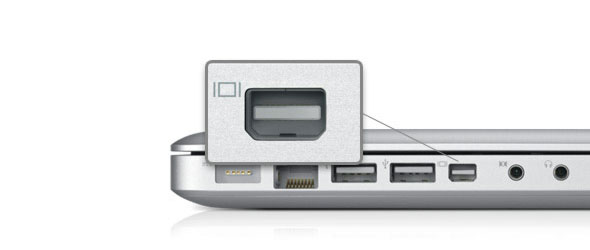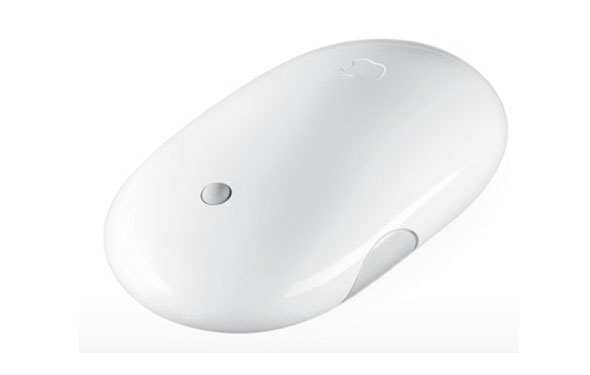Four annoying things that tech companies do
Being a techie in today’s world is a beautiful thing – we get to play awesome games, use excellent apps, utilize nimble and world-class hardware, and connect with greater control via the internet. But there is one downside to being “in-the-know”: when we care about tech, we are also vulnerable to changes.
When a tech industry company changes something or makes a decision on our behalf, it can become a grievance, bugging the crap out of consumers and fans alike. Here are some annoying things that corporations do.
1. Proprietary ports and hardware

YES! More of this please!
Technology hardware is a fickle thing – it needs to be regulated to some degree in order to provide a benefit to the users and consumers, but open enough to not hinder innovation. That means that each individual company must come together to use and maintain a strict level of compliance with an agreed-upon standard.
Often, each standard that is created takes months, even years, to draft, upgrade, evolve, and adapt. Many of these standards you may have heard of: USB, SATA, DVI, HDMI, HDCP … basically any acronym that sounds familiar is some kind of compromise between numerous companies to make things easier for product consumers.
The best recent standardization to occur is cell-phone data and charge ports. For the longest time, basically since cell phones have been around, every manufacturer would use their own charging port and also charge a hefty fee to buy a phone-to-USB adapter to allow data transfer.
With the recent phone generation, that all changed, as most phones now support a single, unified port (called Micro USB), meaning that whether you have a Blackberry, Android phone, or Windows phone, you can still charge it or connect it to a computer with the same cable.
Notice that the iPhone is not in that list.
Biggest Offender: Apple

For Apple, HDMI isn't good enough
The Apple Mini DisplayPort, the Mini DVI, the iPod USB plug, the iPhone and iPad charging/data port, the Macbook battery charging port: Apple loves to force consumers to buy premium attachments and adapters to essentially use standardized modes of data transport with a fancy wrapper.
Why do we need to buy mini-display to DVI? Why can’t Apple computers just use HDMI output? Because Apple wants your money.
Runner Up: Microsoft (Xbox 360)
The original Xbox featured gargantuan controllers designed for and by giants; controllers that were basically USB devices that had a different connection tip. With the Xbox 360, Microsoft kindly and smartly made their controllers USB compliant and even allowed them to work on Windows computers as a controller for the PC (which was great!)
Then they decided that they would make the hard drives inside the Xbox proprietary, to the lament of gamers everywhere. This means that to upgrade your measly 20Gb disk to something even still small like 320Gb, you have to plunk down a whopping $200! A new 1TB drive costs as much!
Microsoft – you make good stuff, but please take a note from Sony and just let us upgrade the hardware!
2. Interface updates

Facebook changes more than you do
Software products, especially hugely popular or widely used, seem to be updated constantly. With functionality upgrades forcing software designers to polish or otherwise enhance the UI (user-interface), much of the time, consumer-loved tools and programs need to have their interface modified.
While improving the look of their product is a needed and necessary process, sometimes the UX (user experience) experts make terrible choices: moving buttons, dropping much-used features into obscure menus, changing the way things work – it’s all very annoying when there is a poorly-planned drastic change to our favorite software.
Biggest Offender: TIE – Facebook and Google
Facebook and Google seem to be in a race to constantly update and tweak their UIs and UXs at the expense of users. While most modifications result in improvements, many times the two web giants make strange choices – Facebook changes the menus to make things harder to find, Google changes the UI to make a harder to use product.

Google moved the contacts link from a menu item into a drop down - slowing users down!
Most often, the so-called upgrades actually reduce efficiency as users must hunt down items or options instead of having them in an easy-to-find location. Please keep things under two clicks away if you can UX designers!!
Runner Up: Microsoft (Office Suite)
While Microsoft’s updates usually make sense and do no harm, they love to change the look, feel, and apparent functionality of their Office products. While it doesn’t bother me or most users, I know that people like my Dad would prefer the same tried-and-true interface (circa Office 2003), where everything is in it’s place.
Perhaps the biggest indicator is the need to have a plugin to revert the interface to its old appearance.
3. Exclude features from new releases

Sony PS3 - does a lot of great things, just wished it did as advertised
Making software and hardware is a business like any other, similar to the automobile industry. You can’t include every feature in your initial release due to time-constraints, and you also want to increase the incentive down the road to upgrade or adopt newer iterations.
Business is business, and most consumers are willing to give a little in order to help make the tech industry profitable, but some things are unforgivable, like:
- excluding features that have been around forever
- removing features that were in earlier versions of a product
- dropping support of certain features
- requiring consumers to pay extra for a feature that is seen as “baseline”
While car companies did this for a while with automatic windows, air conditioning, automatic door locks/trunks, and CD players, consumers reacted by switching loyalties to better valued cars that had all of the features. This will most likely occur if manufacturers don’t shape up their ways.
Biggest Offender: Draw
With Motorola dropping the FM Radio on their DROID phones, to some Android tablets missing the much wanted HDMI-out port, decisions on hardware “upgrades” are strange to say the least.
Couple that with tech makers removing cool things:
- Winamp dropping MusicMagic support
- Sony patching out the ability to install Linux on a PS3
- Microsoft not including HDMI-out or built-in WIFI for their original Xbox 360 release
- Nintendo disabling the DVD player on the Wii
- Apple inexplicably excluding a camera in the original iPad
- Sony dropping backwards compatibility from the PS3 very early on
Can you see how often tech companies make disheartening choices?
4. Try to simplify things
Sometimes tech companies have this notion that consumers find products too hard to use. A long time ago, Nintendo thought that Super Mario Bros. 2 would be too difficult for Western gamers. More recently, software and gaming companies have been trying to minimize user aggravation and improve product operation.
Unfortunately, when these improvements take a step too far down the road to easing use, consumers are left with things that aim to help but end up hindering.
What was once supposed to make things easier and less complex becomes a roadblock of inefficiency and annoyance.
Biggest Offender: Nintendo

Jump, squash, run, fireball, repeat
They made the Wiimote, they simplified the controls for Mario Kart, Super Smash Bros., and Zelda. They created a whole new segment of the gaming industry and grew the amount of casual gamers dramatically. But they went a little too far.
They tried to make video games simpler and more natural, but a lot of times the games ended up being tiresome, frustrating, and hard to play. While this isn’t solely Nintendo’s fault, as the bulk of the games are third-party titles, Nintendo itself has made a few too many counter-intuitive games that fester hatred.
Yes, some games are complex and have steep learning curves – this is a fact of gaming. Some of the joy in playing video games is mastering them and their intricacies (much like sports, musical instruments, and many careers).
Why would someone want to play a dumbed down game – wouldn’t that just make them feel worse when they lose?
Runner Up: Apple

HAHA! Only lush fools need a right click!
The Mighty Mouse – really? What the hell am I going to do with one stinkin mouse button Apple?
